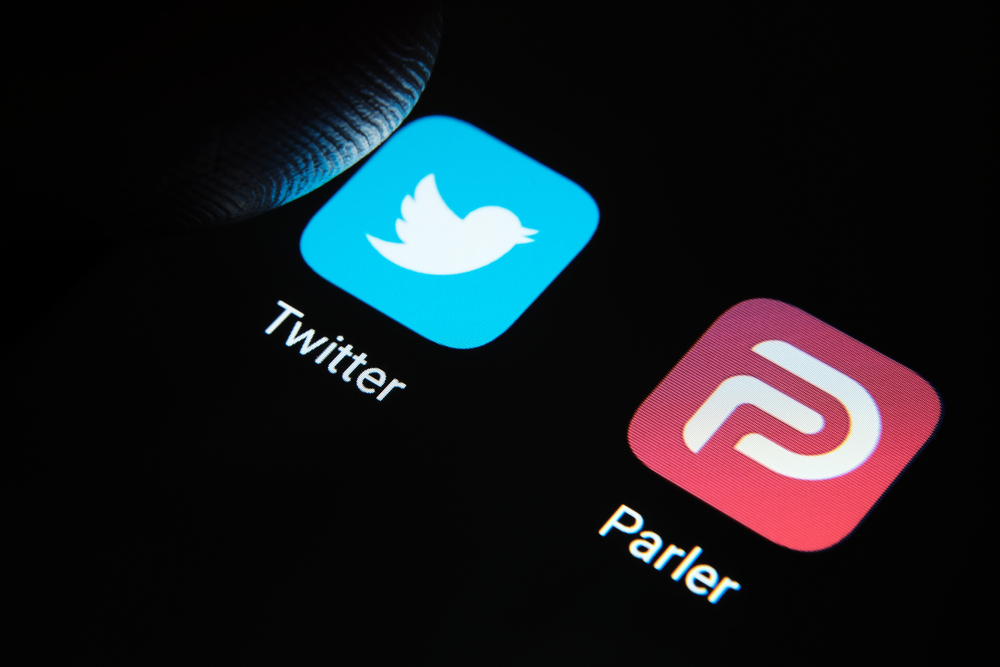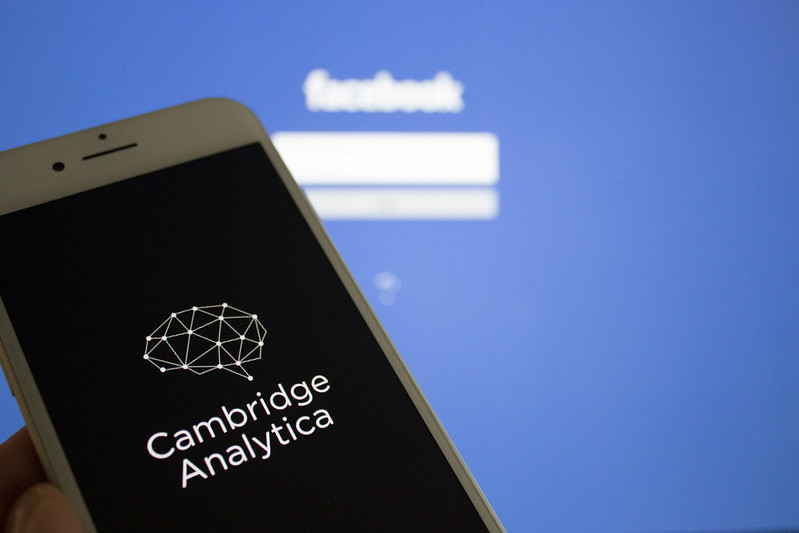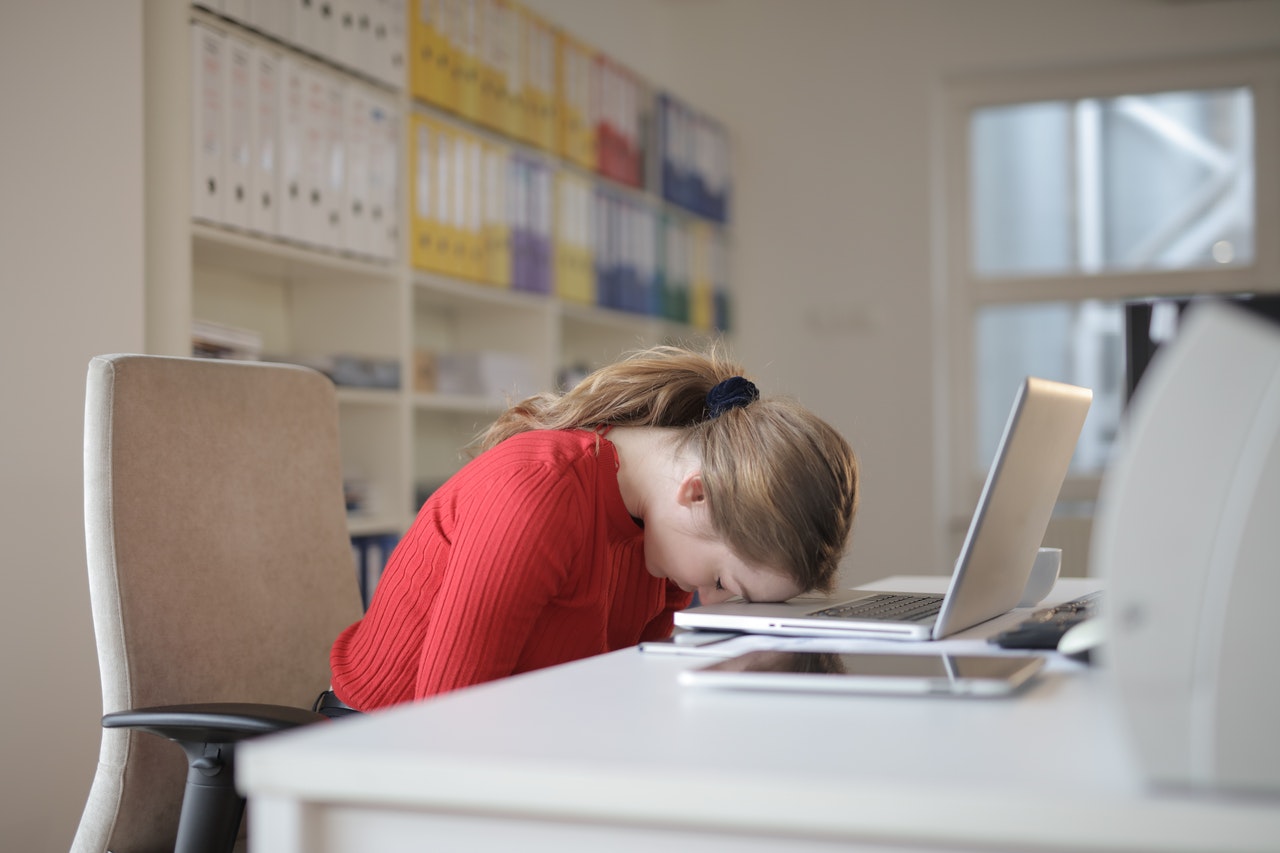Reading Time: 2 minutes
- Facebook launched Trending Topics*It used to appear on the right side of the newsfeed at the top of the page. section in 2014 to help people discover news topics that were popular across the Facebook community.
- Till 2016, this section was managed by human editors, who were accused of having a bias towards the liberals.*Since the 1960s, the Democratic Party has been considered liberal and the Republican Party has been considered conservative.
- There were reports on this bias and one former employee confirmed that news stories from conservative sources*Newspapers such as The Washington Times that is considered conservative or news from the Republican Party or its supporters. were suppressed, even when they were trending among FB users and stories from liberal sources*Newspapers such as The Washington Post that is considered liberal or news from the Democratic Party or its supporters. were inserted even though they weren’t actually trending.
- The easy solution to this problem was to replace humans with algorithms because algorithms couldn’t have a bias.
- The algorithms just had to keep count of views and shares and move the news stories up the trending rank, as their views and shares increased.
- Now, humans have a bias towards consuming and sharing negative over positive news and surprising over unsurprising news.
- Fake news can gratify this human need easily as it doesn’t have to follow any logic; all it needs to do is trigger an emotion (preferably negative – anger, disgust, sadness) and/or surprise and wait for itself to become viral.
- E.g., Fake news, “Bill Clinton raped a 13-year old” (anger, disgust) & “Russia unleashes lions on roads to enforce COVID lockdown” (surprise, amazement).
- Because of this ability of fake news to appeal to human instincts and the inability of algorithms to question the credibility of sources, inaccurate & fabricated stories get widely circulated and, therefore, tend to trend more.
- Fake stories are usually developed & spread on social media by spammers who want people to visit their websites, which are often mostly ads and, therefore, a source of money.
- The other main source of fake news are the political parties, who can benefit by spoiling the image of the opposition.
- After many controversies, Facebook removed the Trending Topics feature in 2018, but fake news has continued to exist and possibly grow.
- While Facebook has been accused of having a laid-back approach on the matter and letting fake news prosper in the interest of engagement*Facebook is a free platform and its revenue is generated through advertising, which it would get only when people spend time on it. This can happen only if people are engaged with the content on the platform., it will always be difficult for algorithms to recognize untrue material.
- It is because algorithms learn to filter out things based on samples, e.g. nudity & offensive language can be recognized & filtered out by algorithms if enough samples (nude images and abusive language) are shown to them.
- But there are no clear ‘identifiers’ in the case of fake news that algorithms can learn from; by making the reporting of fake news easy for its users, Facebook can only reduce the impact but is unlikely to overcome the problem completely*.The presence of phrases such as ‘as much as possible’, ‘making it harder’ etc. in the efforts listed by Facebook on its website indicates lack of confidence on the part of the company as far as fighting fake news is concerned. The link to the website where these efforts are listed can be found in the sources at the end of this article.
- In fact, this easy reporting may add to the problem that it is aiming to solve; imagine an uninformed or bad-intentioned group (and 1000 connections among them) reporting real news as fake and fooling the algorithm into hiding it.
Image courtesy of Shutterstock






















